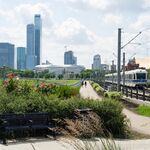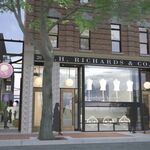thommyjo
Senior Member
Sorry haha. I’m very aware of what those are. I was commenting on the fact that these crossings aren’t raised crossings, which I had heard from Knack and others would be used after “learning from the mistakes of the initial 102ave design”.
Here's the purpose of those sidewalk bumps
You’ve probably noticed the raised, bumpy patterns where the sidewalk ends. You might also have wondered why they are there.www.wptv.com
Apparently lessons weren’t learned and we’ll keep prioritizing drivers on one of the busiest bike routes in our city…




